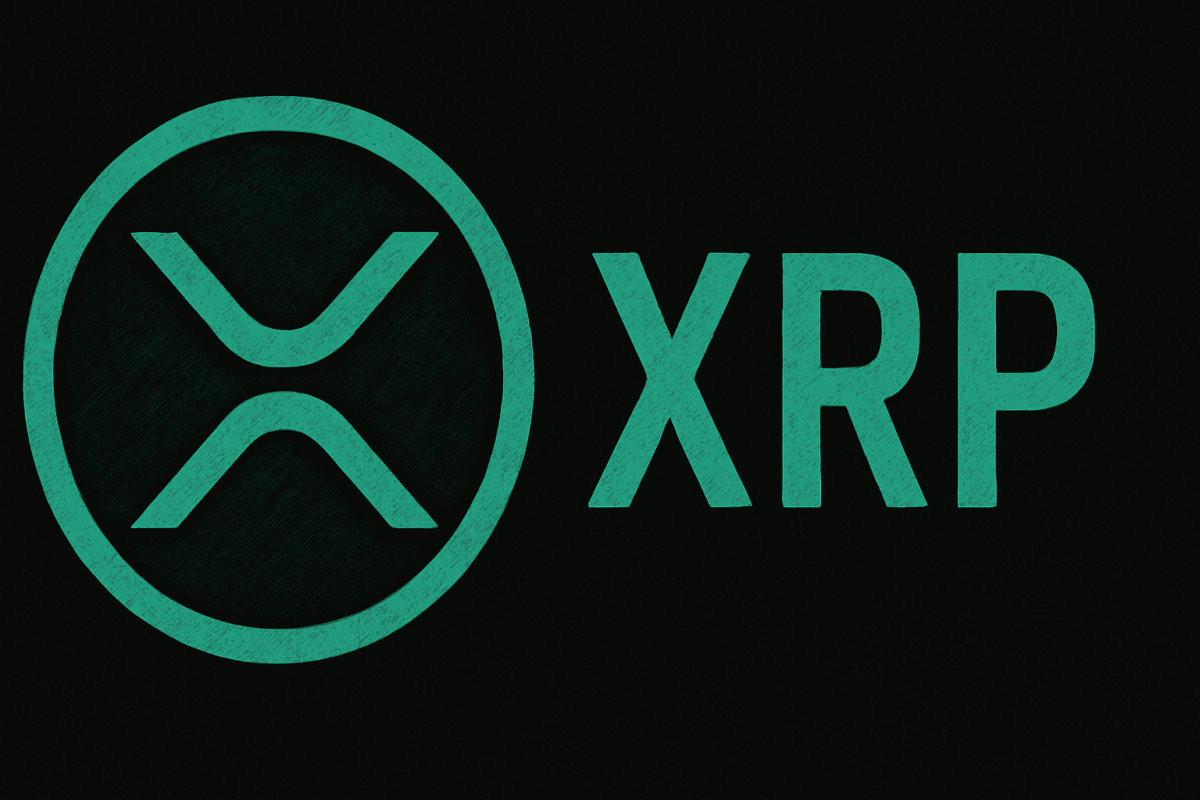- All Things XRP has addressed the old myth that more XRP tokens can be minted outside of the existing 100B supply.
- Unlike that of Ethereum, XRP’s supply is limited, and any attempt to alter this would require some level of global coordination and economic irrationality.
In a recent X thread, All Things XRP, a crypto news and insights hub, took on and discussed one of the longest-standing misconceptions in the crypto space, the false belief that more Ripple (XRP) tokens can be created beyond the existing supply. The thread began with the heading “XRP MYTH THAT REFUSES TO DIE: That more XRP can be printed.”
Unlike some other cryptocurrencies like Ethereum (ETH), Solana (SOL), and Dogecoin (DOGE), XRP has a fixed and finite supply of 100 billion XRP that cannot be altered by any entity, not even Ripple Labs. Unlike Bitcoin (BTC), which is mined over time, XRP was entirely pre-mined at launch. All things XRP emphasized this, stating,” There’s no minting code in the XRP Ledger. No inflation. No printing. The total can only decrease via burn fees. Period.”
As All Things XRP pointed out, the network is governed by a decentralized group of independent validators who collectively maintain consensus and ensure the integrity of the ledger. Ripple itself operates less than 10% of these validators, meaning it holds no majority or special authority over decision-making processes. Any adjustments to the network or protocol must go through a process of decentralized voting, in which proposals must have at least 80% validator support maintained over two consecutive weeks to be accepted.
Why the Myth Is Baseless
When All Things XRP says, “The Code Won’t Let It Happen,” the latter is emphasizing the fact that the XRP Ledger is designed in a way that cannot be modified to create new XRP, even if someone tried to.
To support this, Rippled, the core server software that powers the XRP Ledger, does not have a built-in function that will facilitate the generation or minting of new XRP. Evidently, this was a deliberate action by its developers to render the overall supply of XRP fixed and finite, with no room for inflation. Furthermore, the open-source nature of the XRPL guarantees that every line of code is present in the public domain and audited by developers worldwide.
Ripple Labs holds a huge amount of XRP and cannot simply dump the tokens on the market. Notably, 55 billion XRP is held in escrow accounts, where the tokens are released monthly for the next 55 months. If Ripple doesn’t use all of the allowed 1 billion XRP in a given month, the remaining unused portion automatically returns to the escrow account.
From a basic economic standpoint, increasing XRP’s supply would devalue existing holdings, including Ripple’s own, as All Things XRP said, “More XRP = less value per token.” It would undermine trust, destroy price stability, and hurt everyone involved.
Another approach that the XRP enthusiast mentioned is that forking the XRPL to create a new chain and supply of XRP is technically possible, as with any open-source project. However, this would result in a clone of XRP, not the original. It would lack validator support, liquidity, and credibility, making it effectively meaningless. Currently, XRP has a circulating supply of 58 billion, while it trades at $2.17 after a 2.25% increase in the past 24 hours.

